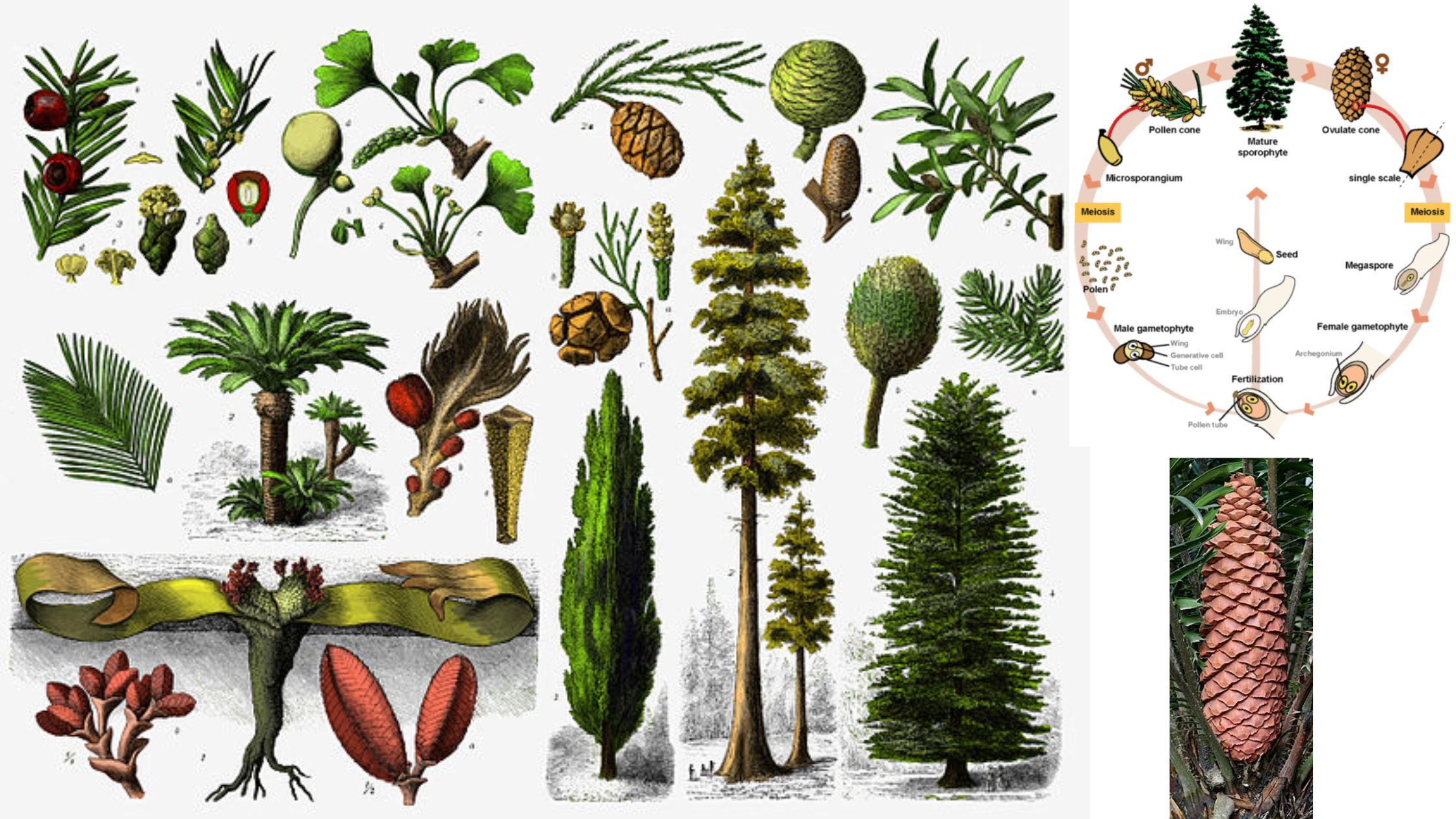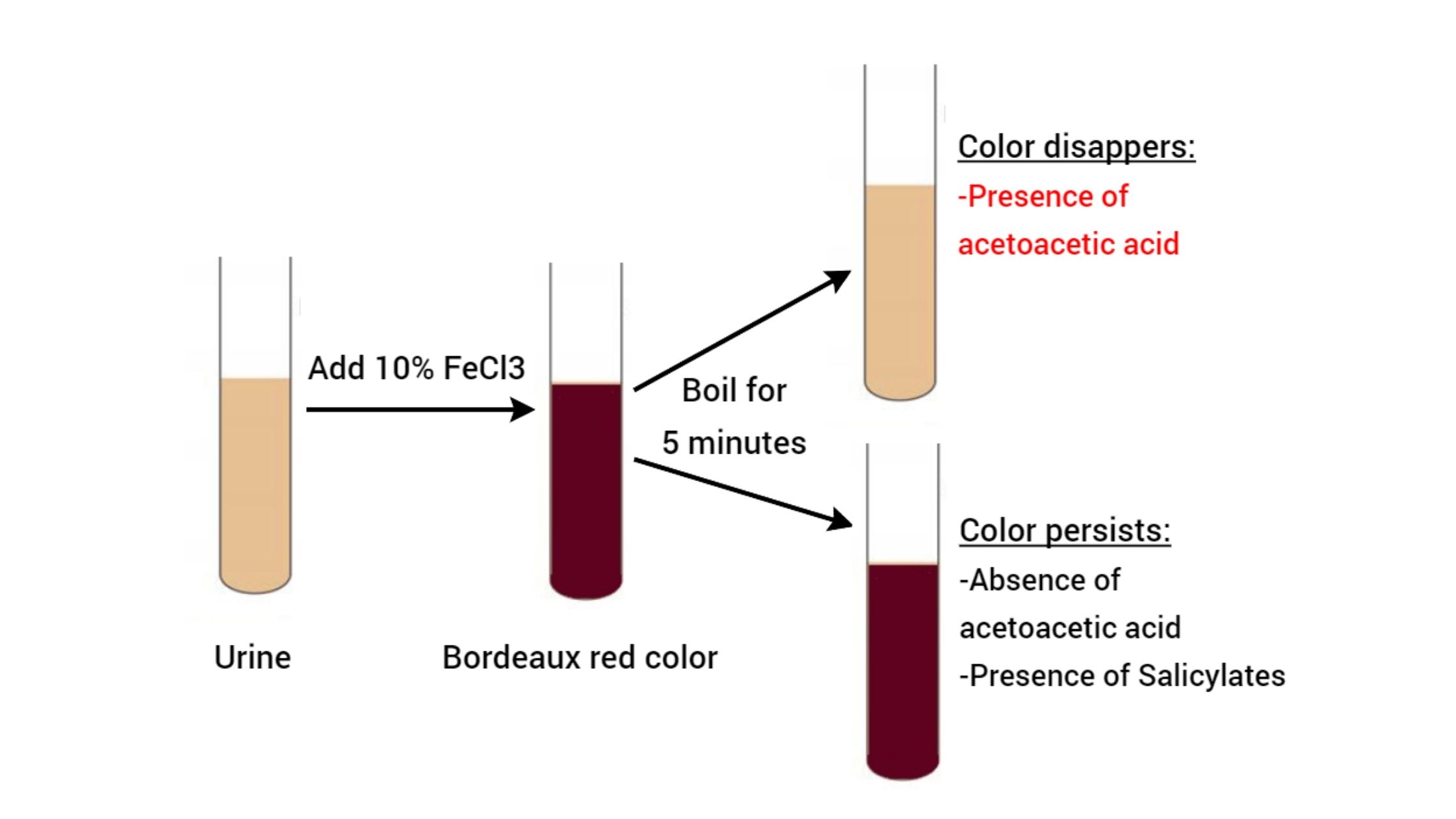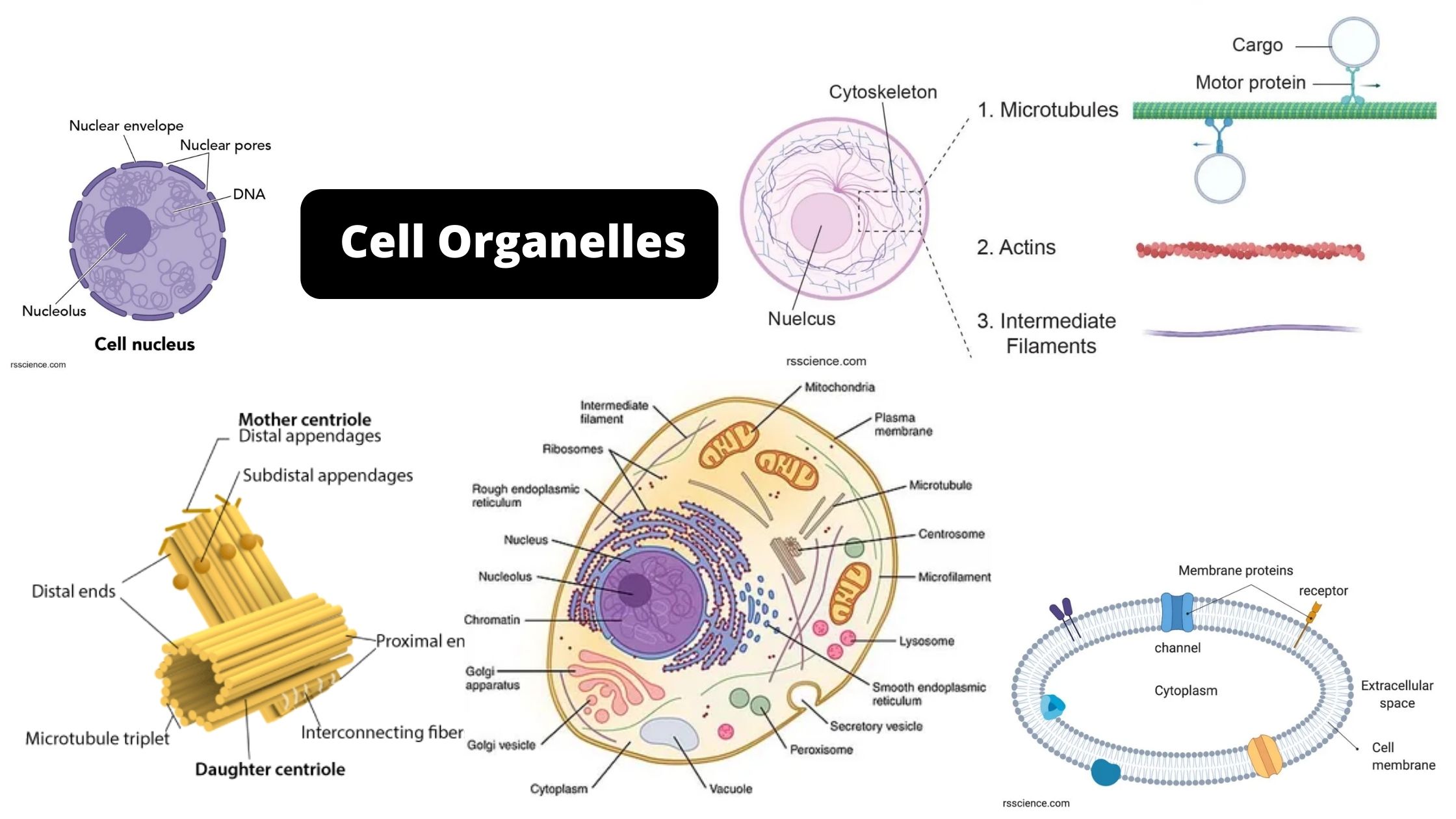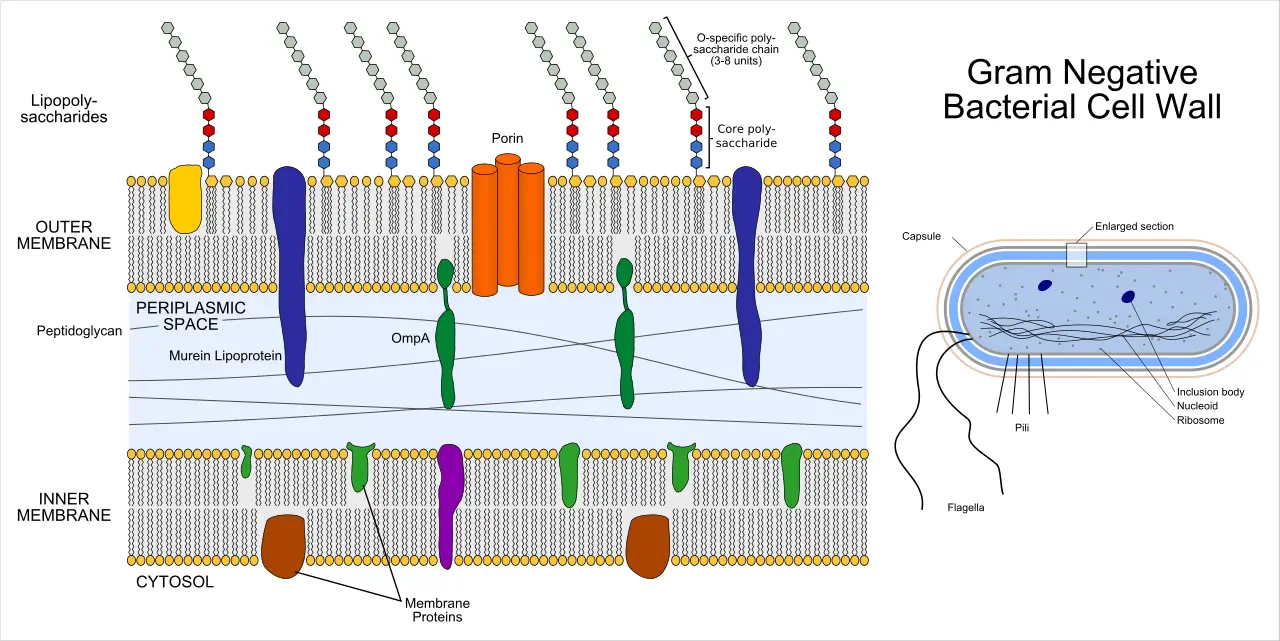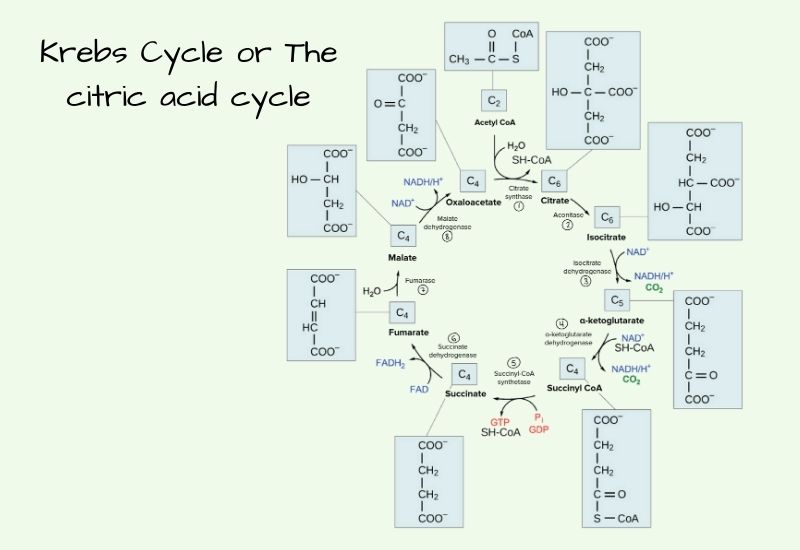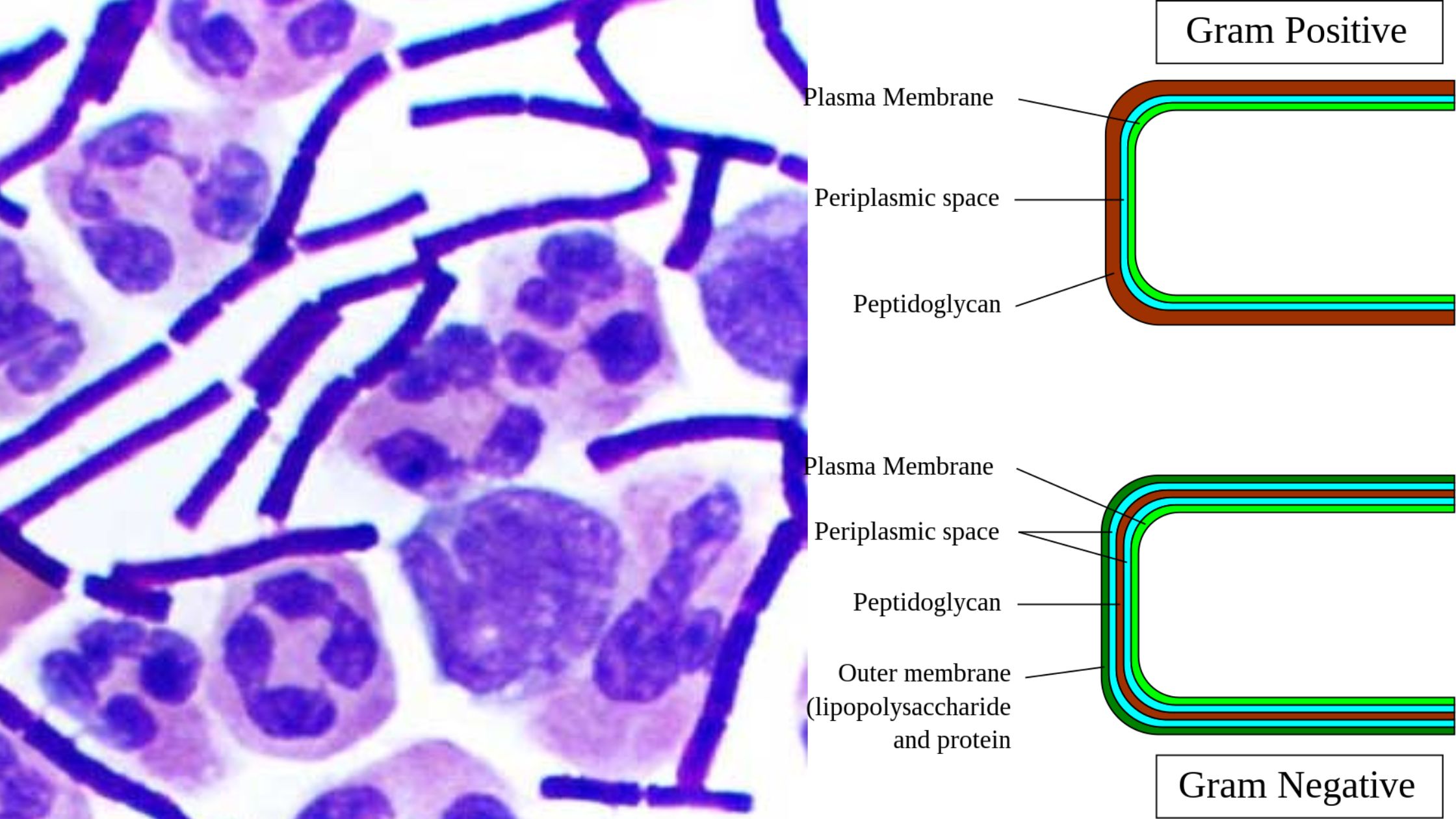Gymnosperms – Characteristics, Life Cycle, Examples, Economic Importance
Curious about gymnosperms and their role in the plant kingdom? Whether you’re wondering, “Is a pine tree a gymnosperm?” or “What’s the difference between gymnosperms and angiosperms?”, this guide unlocks the answers. Gymnosperms (from the Greek for “naked seeds”) are a group of seed-producing plants that include conifers, cycads, and ginkgos. Unlike angiosperms (flowering plants like the petunia, which is an angiosperm), gymnosperms do not produce … Read more
